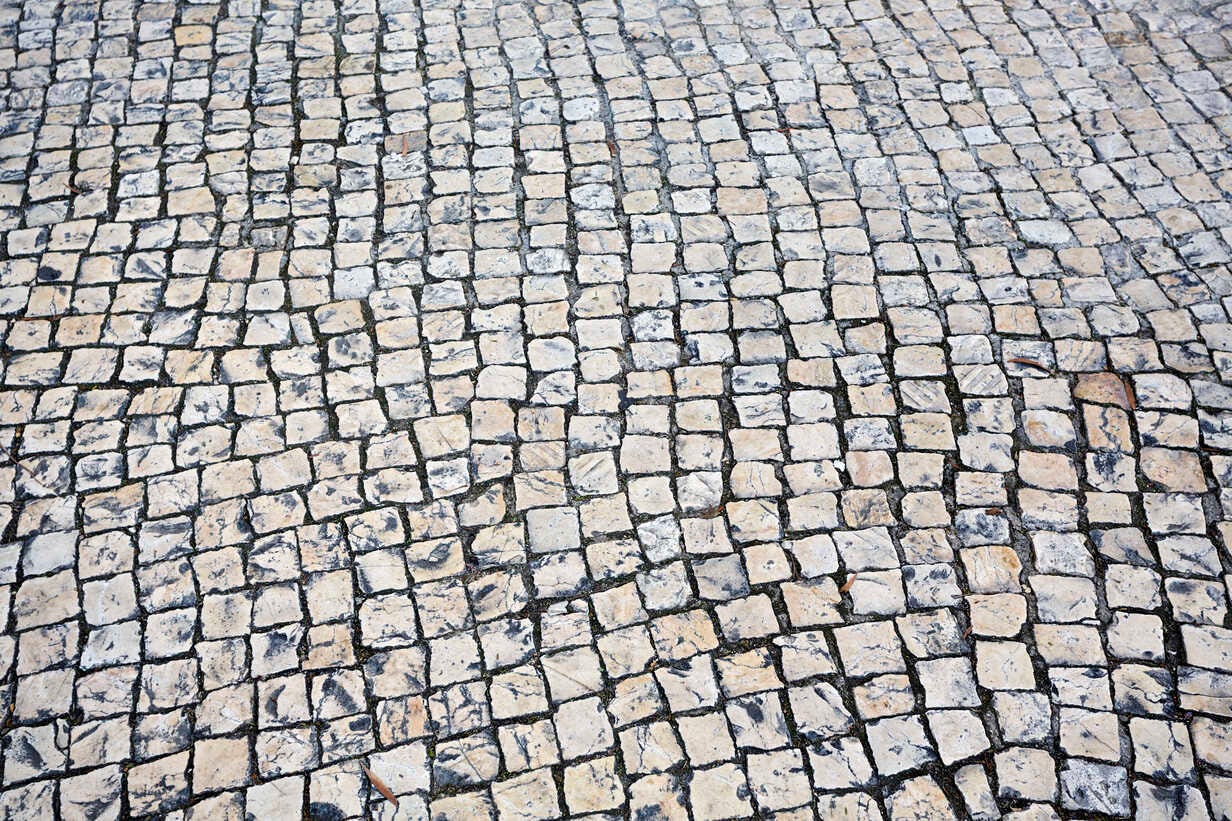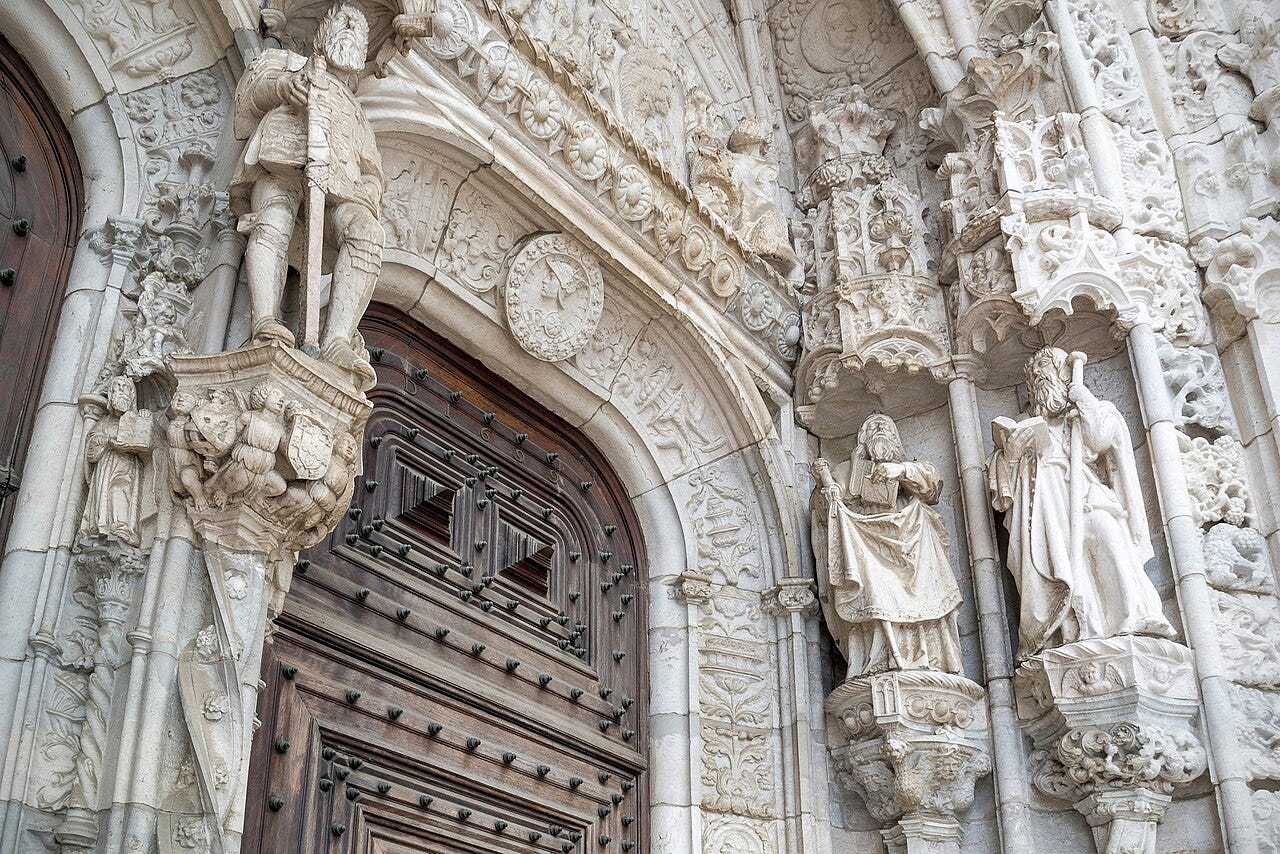Haptic City
A touch of Lisbon
Travel today is about indulging the eye. We go somewhere and want to feel that, even if we are only there for a day, we have somehow captured the essence of the place. The purpose of tourism – the industry, the culture – is to satisfy this desire, and it does so largely by giving us something to look at. Views, landmarks and local colour are appealing because they seem to make a place, its culture and spirit, digestible as imagery. The idea of “sight seeing” – a strangely redundant phrase, equivalent to “deed doing” or “thought thinking” – hints at the primacy of the visual. It suggests a belief that a place can be boiled down into a series of frames, almost like a highlights reel. Veni, vedi, vici: the tourist comes to see, and conquers by seeing.
Of course, when we are finally confronted with the thing we came to look at, we tend to find that looking is not enough. A fleeting act of perception seems inadequate to the significance we have invested in this moment. And so, out comes the camera, almost as a mark of respect. The creation of an image – even if it looks identical to the one on the website, even if we never look at it again – is a way of consummating the encounter.
There is plenty to see in Lisbon, and plenty of eyes to see it. A stream of tuk-tuks carries tourists through the winding alleys of Alfama, the oldest part of the city, as crowds gaze across the picturesque rooftops at the shimmering waters of the Tagus. But what endears me to this city are its tactile qualities: it cries out to be touched. It is alive with texture and depth, a world of charismatic surfaces. The pavements are cobbled with rough-hewn squares of limestone and basalt – a traditional Portuguese technique – giving the streets a giddy unevenness underfoot. Buildings are faced with glazed ceramic tiles, smooth to run a hand across, just as the adjoining masonry is rough. Some of Lisbon’s trams still have polished wood interiors.
Or look inside the city’s old churches. The main stairway of Lisbon Cathedral takes you past stone walls as rough and pockmarked as the sides of a cave. The sparseness of the nave only emphasises the intricate metalwork of its fittings. On the other side of the city is one my favourite buildings anywhere, the Jerónimos Monastery, a masterpiece of Portuguese Gothic from the early 16th century. Its ornamentation is simply extraordinary. Every pillar, arch and cornice, every doorway and architrave, is bustling with detailed carvings of people and patterns and things. The effect is wonderfully playful, but also mesmerising in its sculptural abundance.
What does all this teach us about the design of public space? We should not contrast the haptic and the visual too strongly. We can, after all, appreciate a textured surface with our eyes and our imagination, even if we don’t actually touch it. The important distinction is about how we look – or how our surroundings encourage us to look. Scenic beauty relies on keeping a distance: looking from a position of detachment, so as to form an image. When something appeals to the touch, by contrast, it brings us closer, inviting us to make contact. Tactile surroundings create a particular sense of intimacy, a more physical awareness and connection. I enjoy scenery as much as the next person, but the tactile dimension is too often neglected in modern environments.








Besides the miracles attributed to St. Anthony, it seems to me that another miracle belongs to those who imagined and created that splendid stairway. It is amazing how from the meeting of two hard elements such as stone and iron, a harmonious, gentle ensemble of sober elegance can result!
I enjoyed that -- what a civilized tram! Plus I learned two new words; 'haptic' which led to 'proprioception' -- both highly relevant to my trade.
So long as the world is an interesting place, life is worth living. Or the other way round.